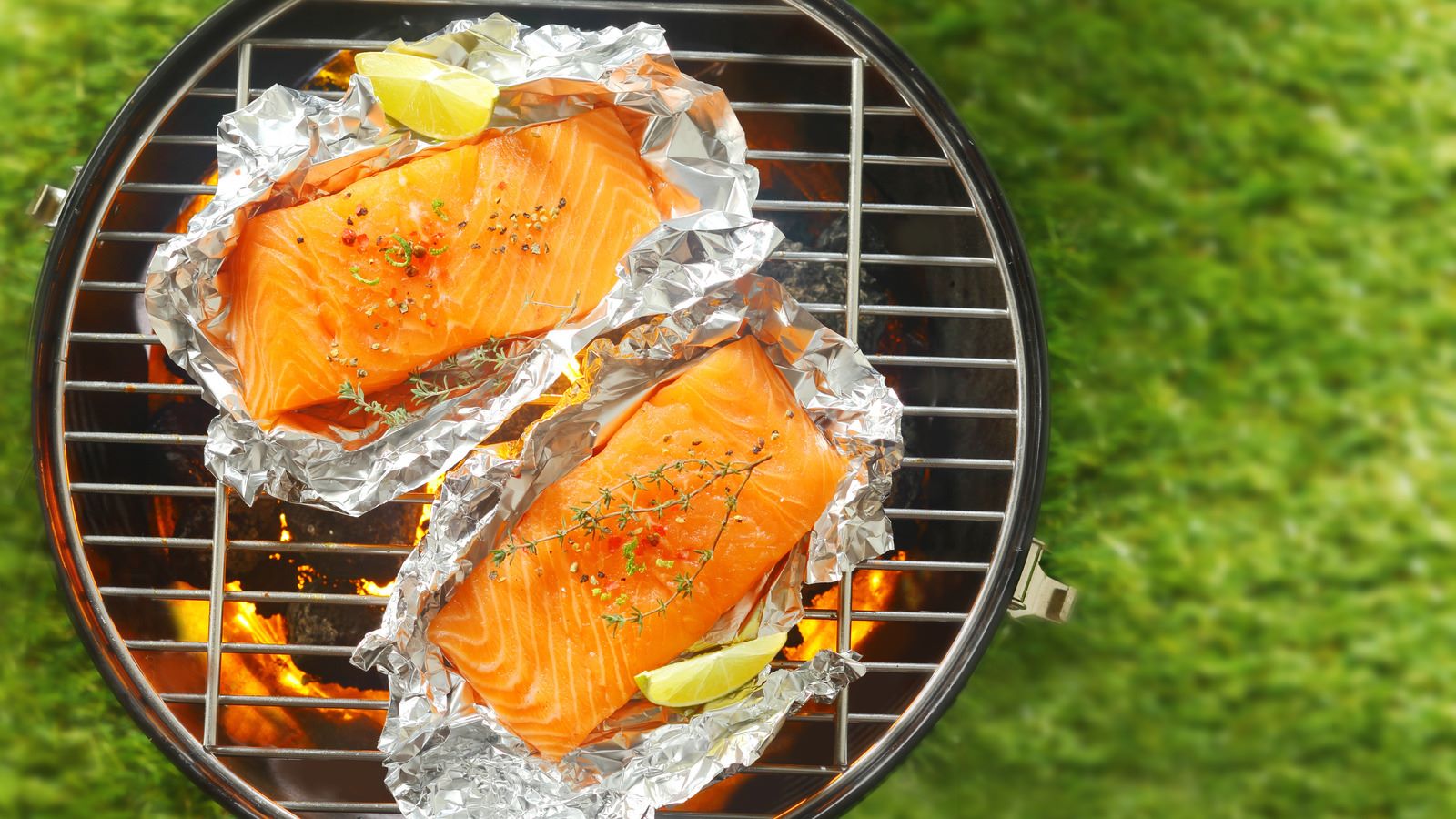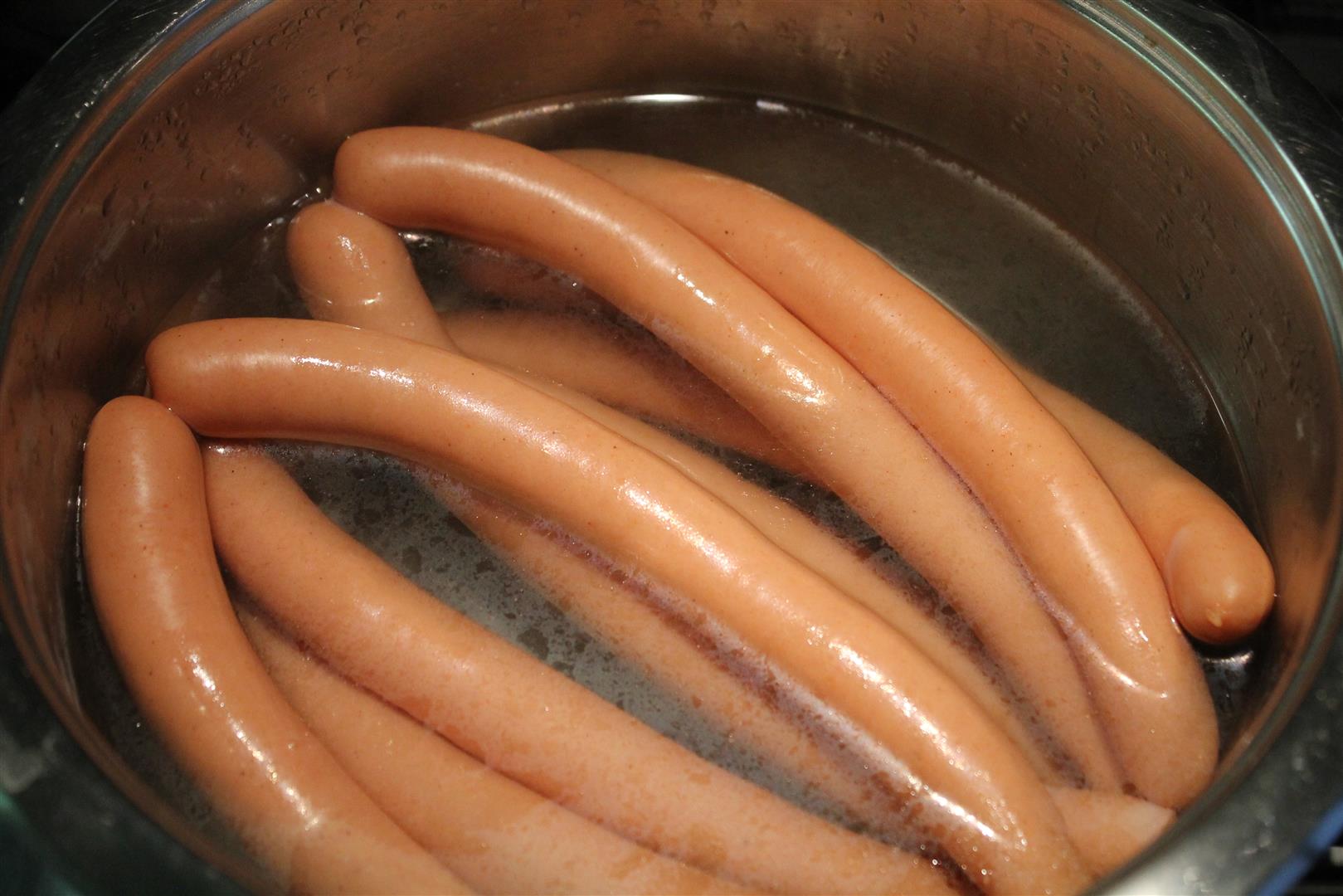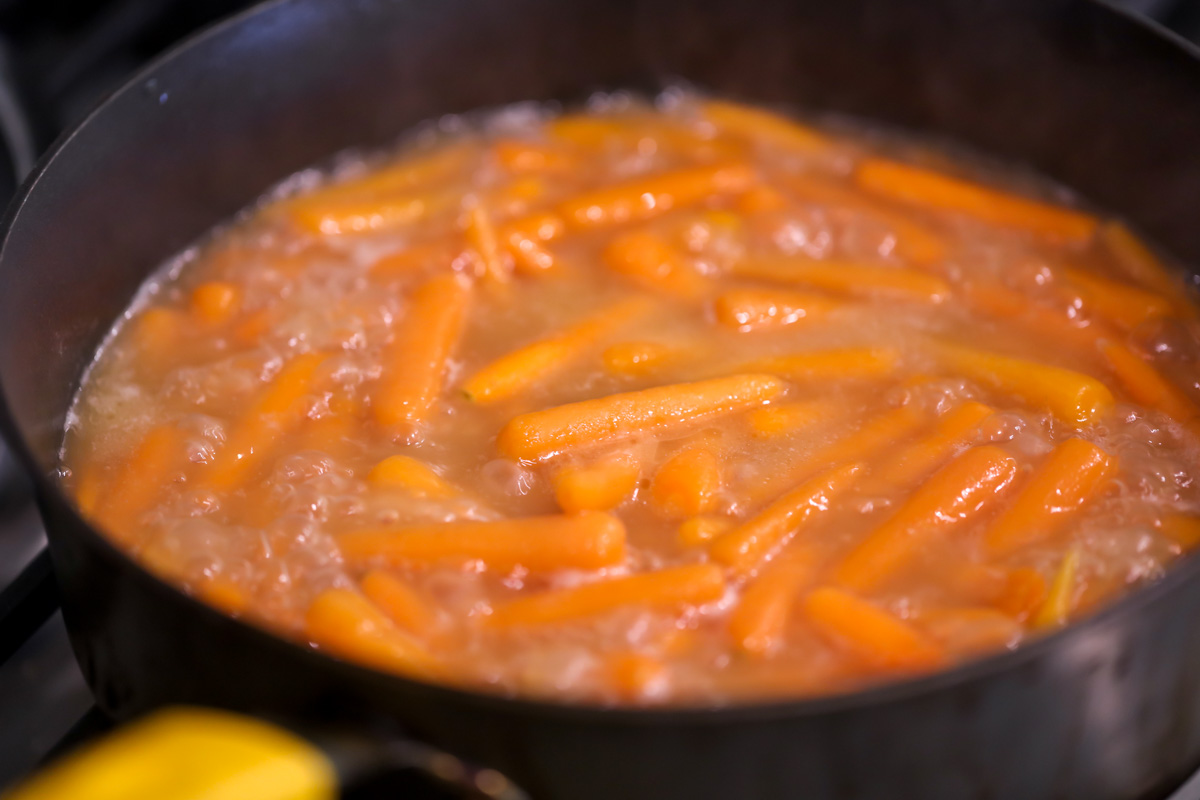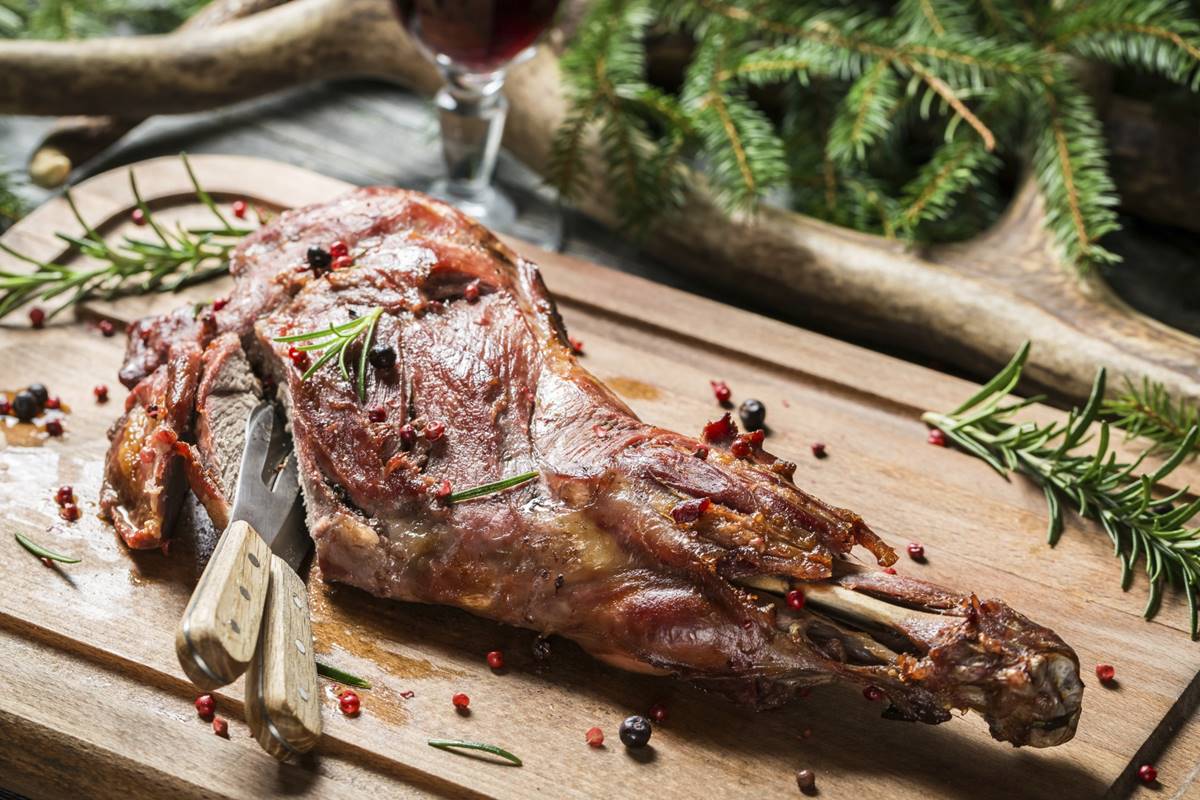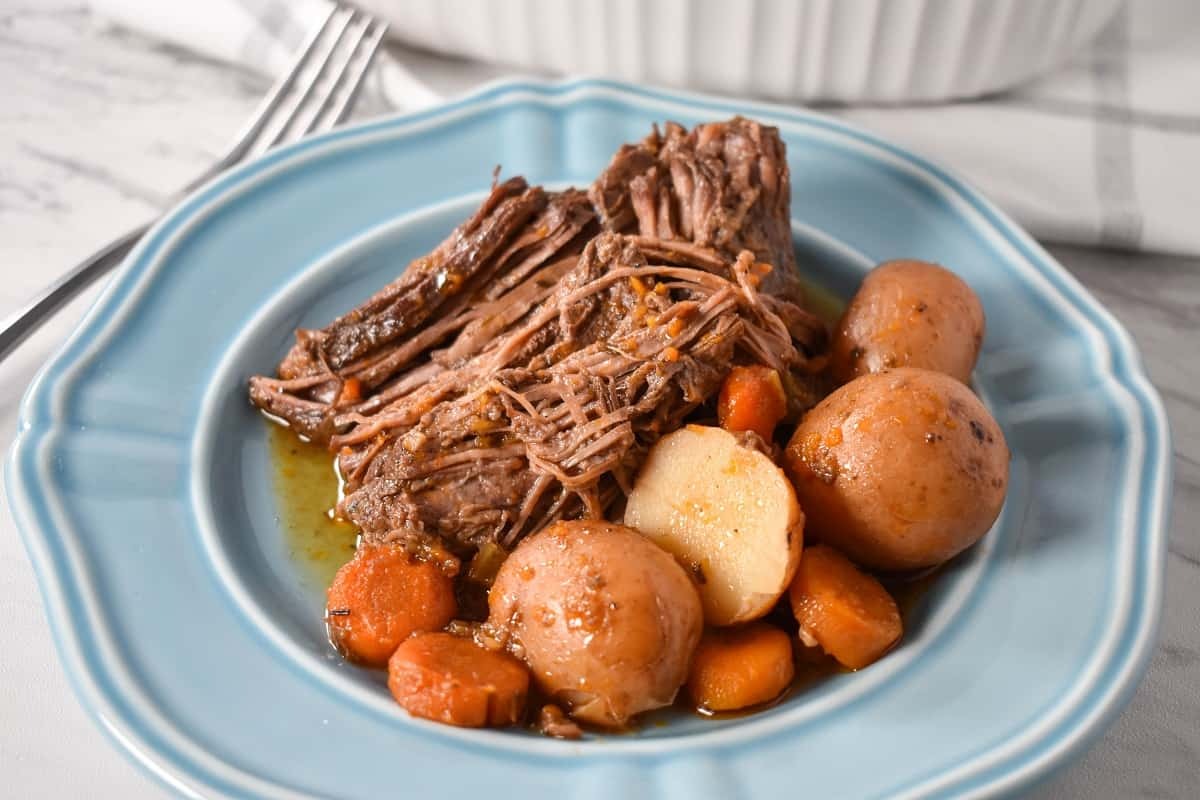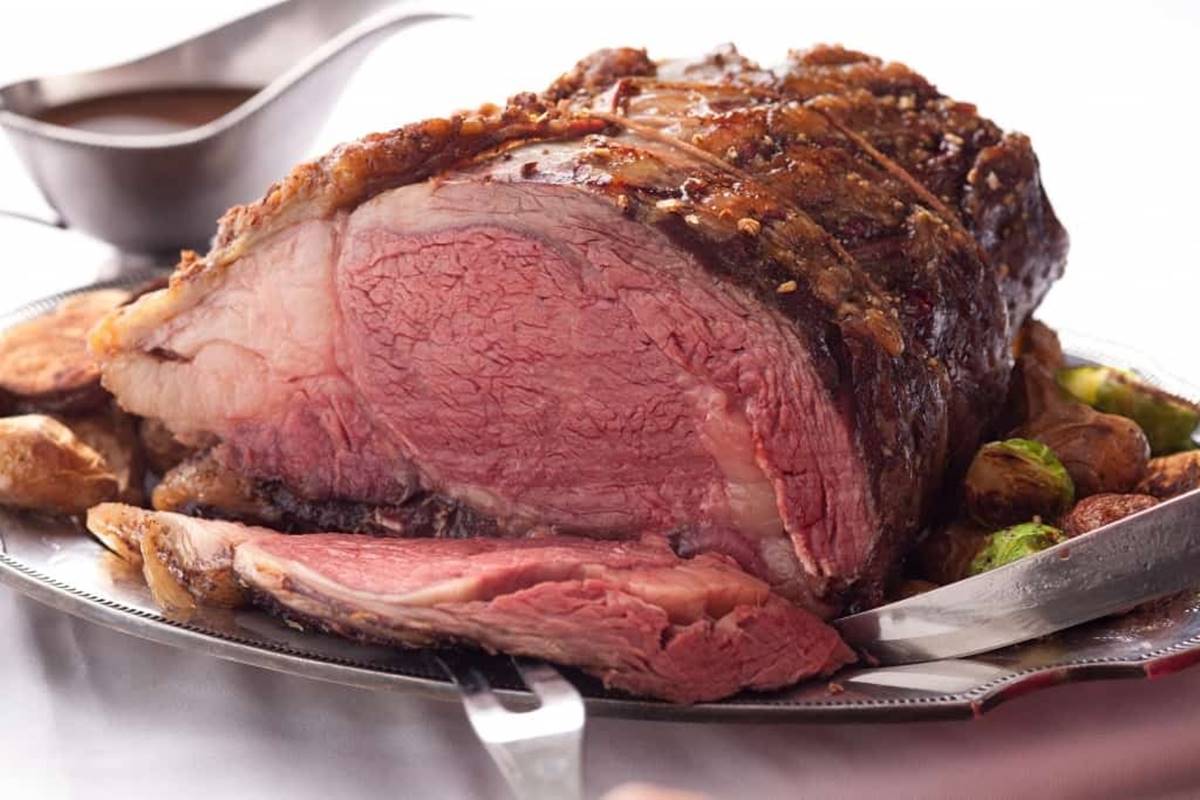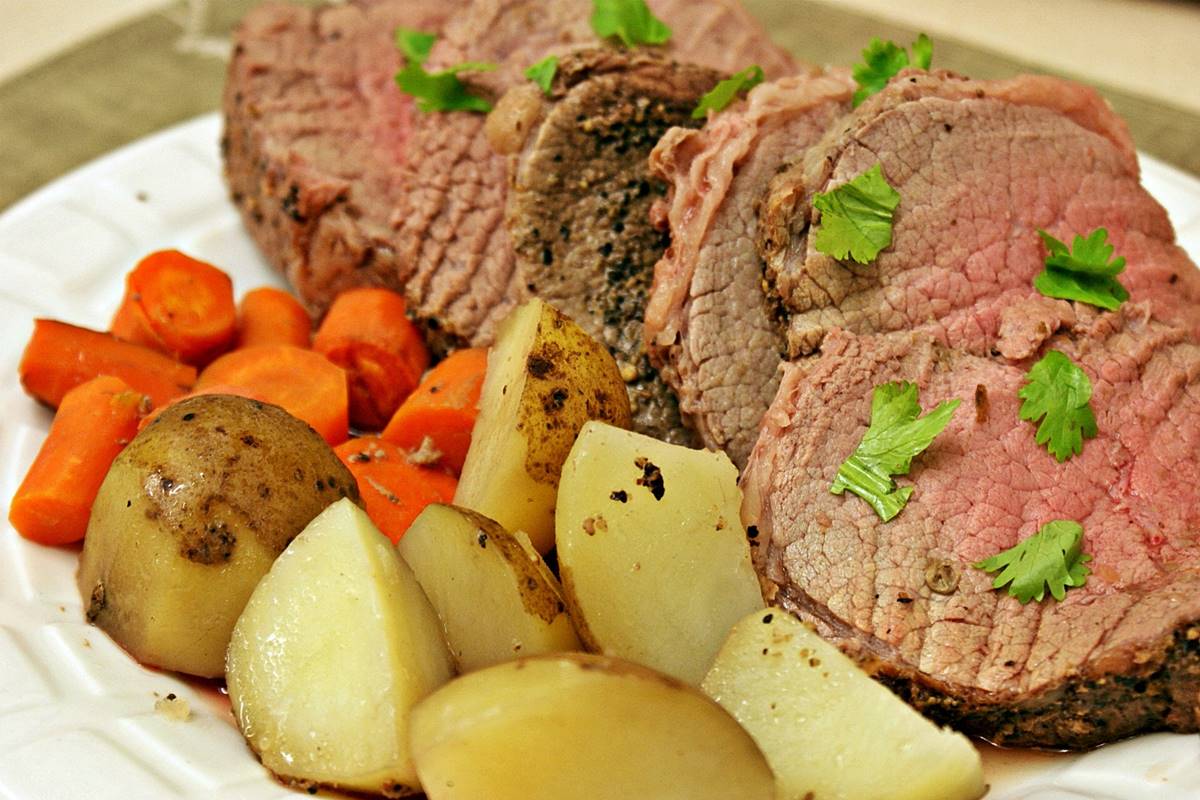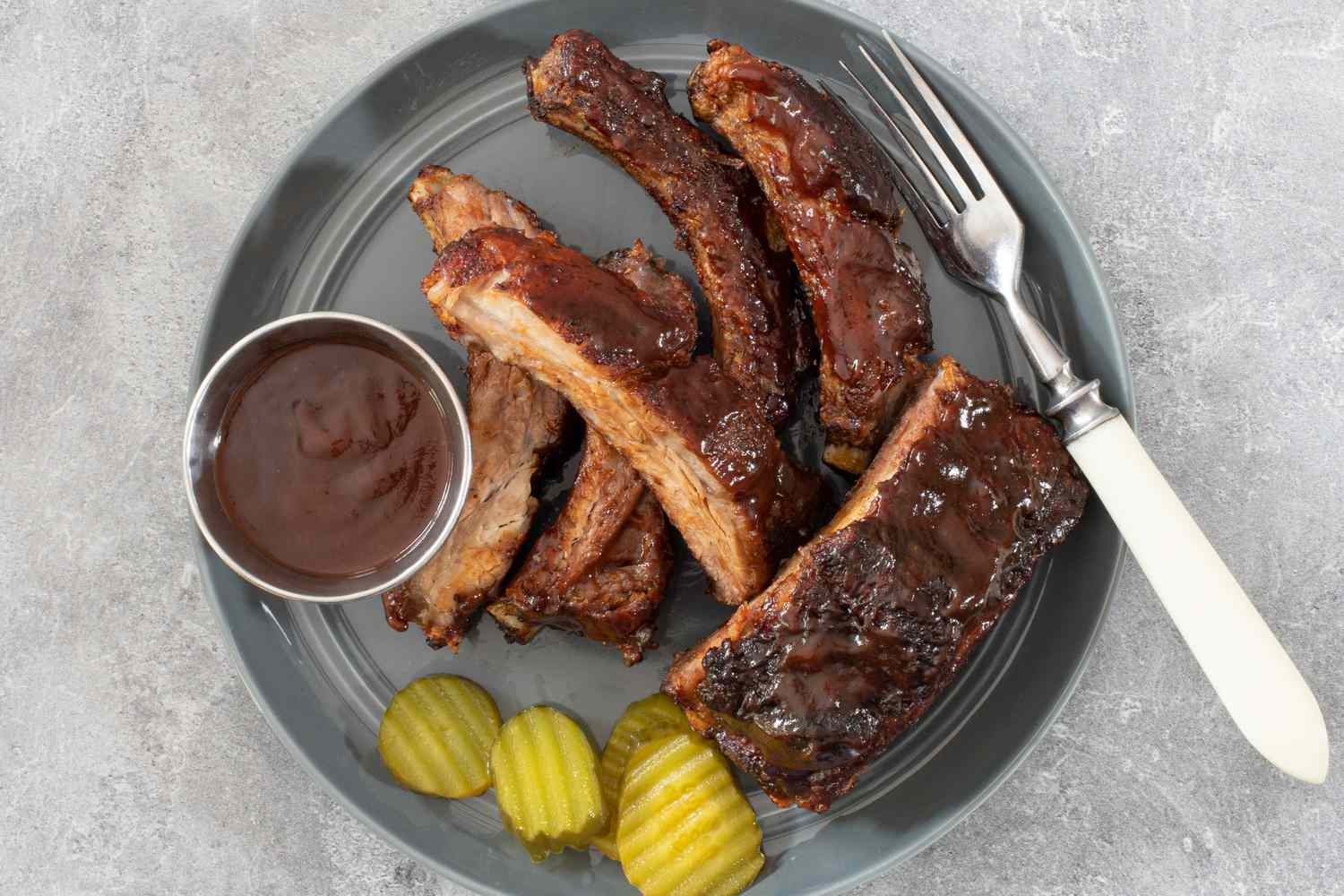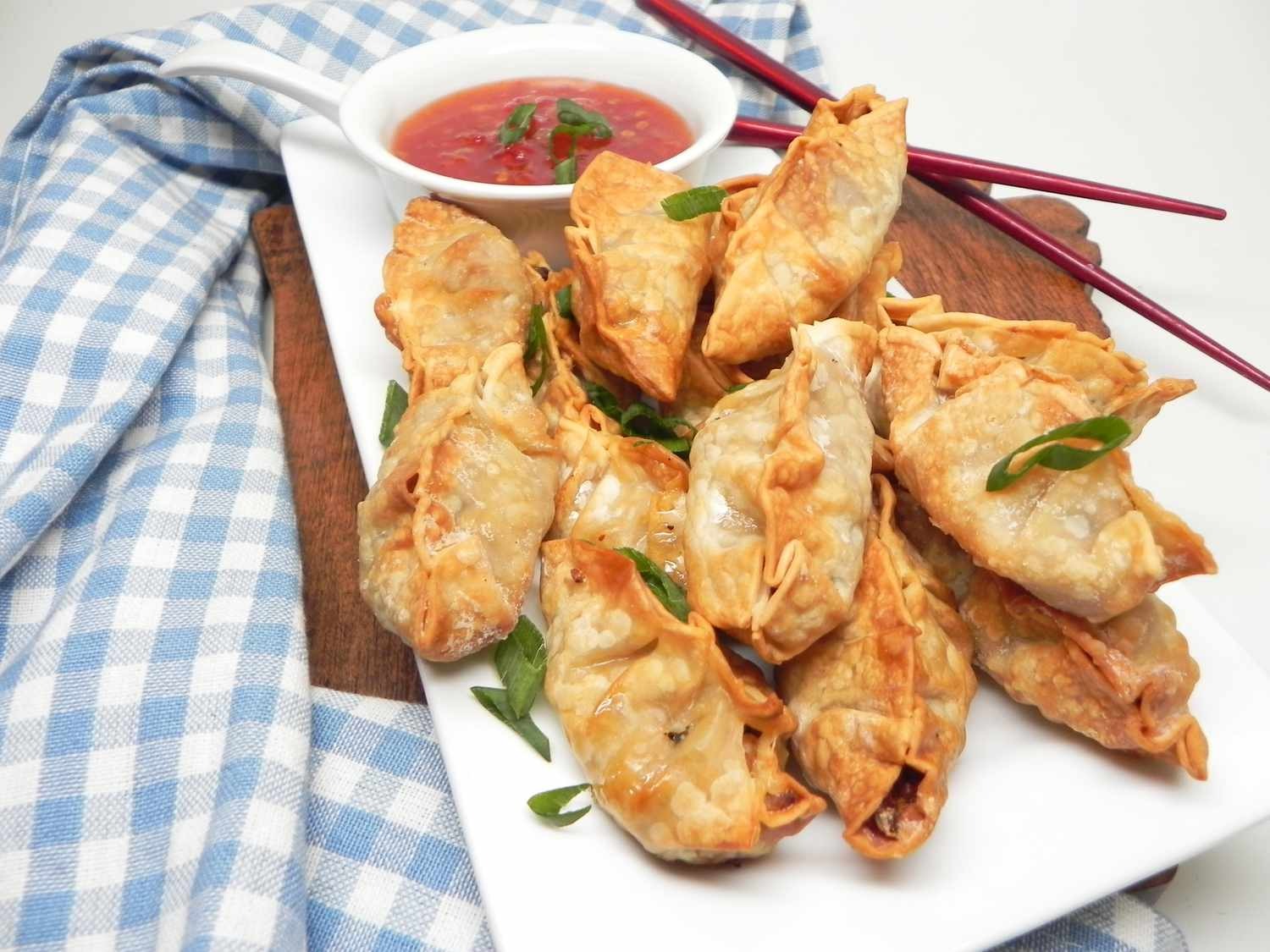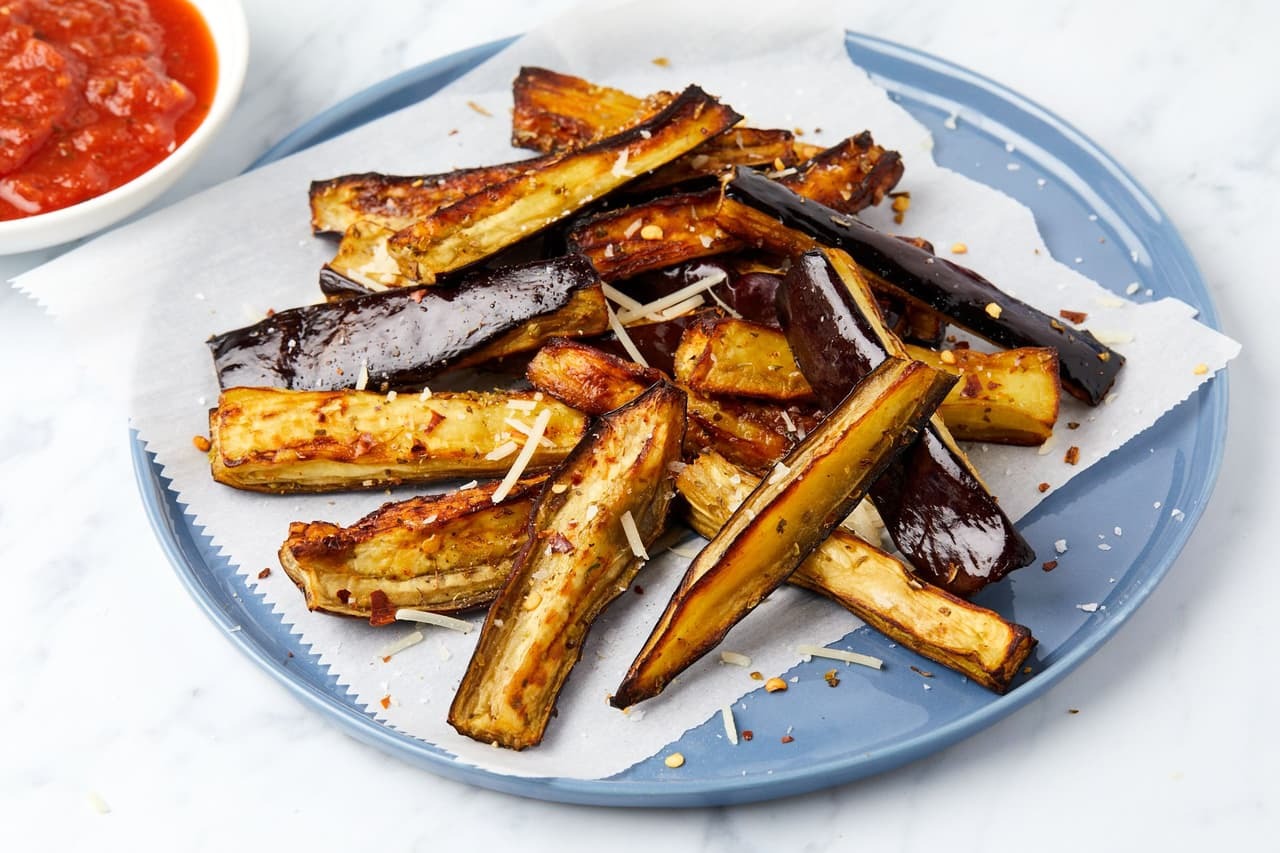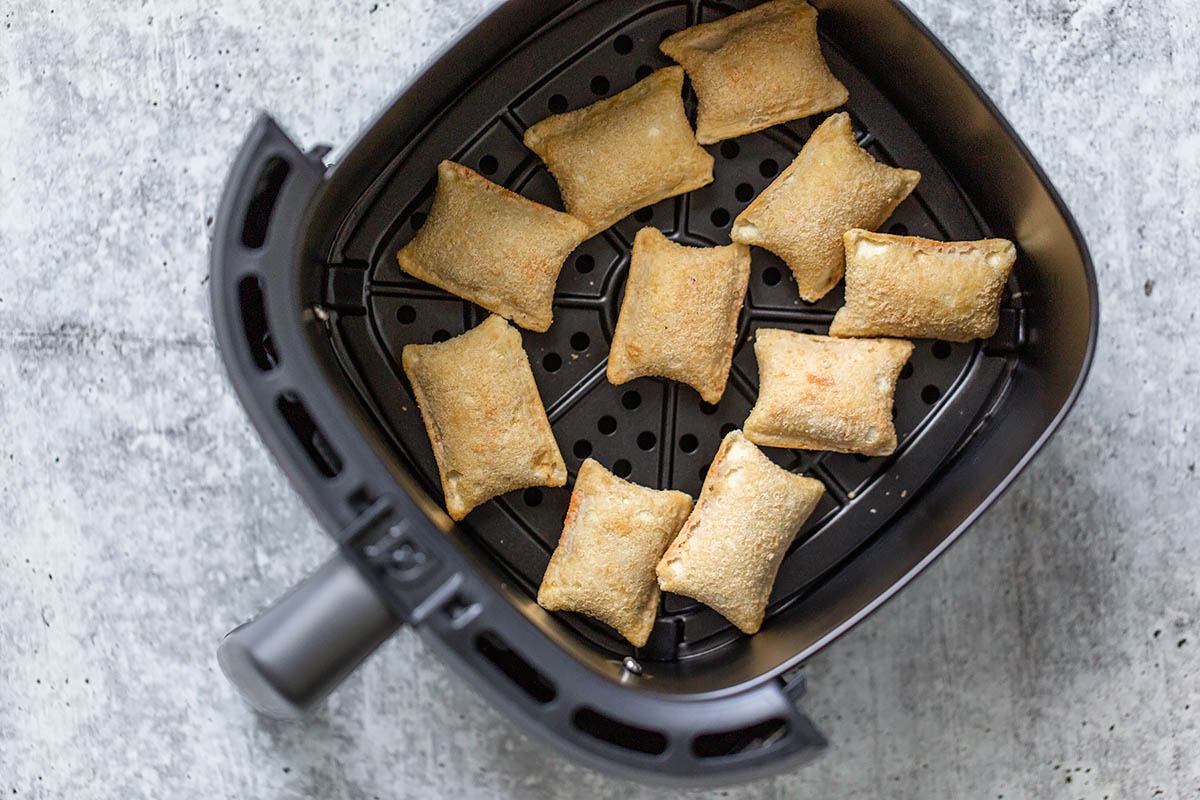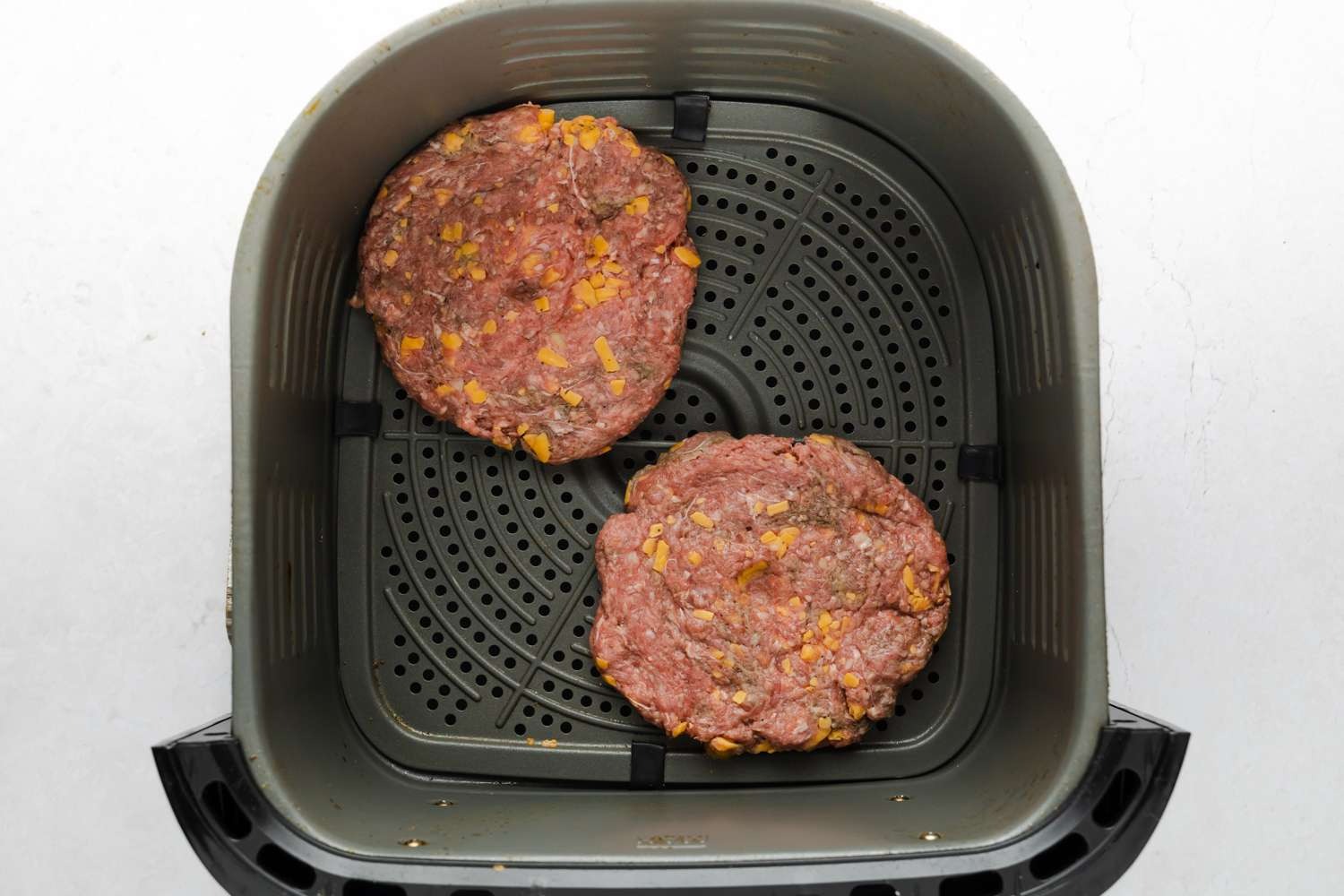Cooking a small prime rib roast might seem intimidating, but it's actually quite simple with the right approach. This succulent cut, known for its rich flavor and tender texture, can turn any meal into a special occasion. Whether you're aiming for a perfectly pink center or a more well-done finish, understanding the basics of roasting will ensure your prime rib is the star of the table. From selecting the best cut to mastering the cooking time and temperature, let's dive into the essentials of preparing a small prime rib roast that will impress your guests and satisfy your cravings.
Gather Your Prime Rib Essentials
- Small prime rib roast (about 4 to 6 pounds)
- Kosher salt (2 tablespoons)
- Freshly ground black pepper (1 tablespoon)
- Garlic cloves (4, minced)
- Fresh rosemary (1 tablespoon, chopped)
- Fresh thyme (1 tablespoon, chopped)
- Olive oil (1/4 cup)
Essential Tools for Roasting Prime Rib
- Roasting Pan: Essential for even cooking and catching drips.
- Meat Thermometer: Critical for ensuring your roast reaches the perfect internal temperature.
- Sharp Knife: For carving the roast into beautiful slices.
- Cutting Board: Preferably large and sturdy, for carving.
- Aluminum Foil: Useful for tenting the roast if it browns too quickly and for resting it before carving.
- Oven Mitts: Protect your hands when handling the hot roasting pan.
- Kitchen Twine: If your roast is boneless, twine can help keep its shape during cooking.
- Basting Brush: For applying any glazes or butter to the roast as it cooks.
- Timer: Keep track of cooking time accurately.
For a small prime rib roast, aim for cooking time of about 20 minutes per pound at 375°F. Let rest for 15 minutes before slicing to retain juices, enhancing flavor.
The Art of Perfecting Prime Rib
Cooking a small prime rib roast is an art that transforms a simple piece of meat into a succulent, mouth-watering feast. This process involves careful seasoning, precise temperature control, and timing to ensure the roast is flavorful, tender, and perfectly cooked to your liking.
Mastering the technique of preparing a small prime rib roast not only elevates your culinary skills but also brings joy and satisfaction to any dining experience. It's about creating memorable meals that delight the senses and gather loved ones around the table for special moments.
Your Ultimate Prime Rib Cooking Guide
-
Selecting Your Prime Rib: Choose a small prime rib roast, typically around 2-4 pounds, ideal for serving 2-4 people. Look for good marbling, which contributes to flavor and tenderness.
-
Preparing Your Roast: Remove your prime rib from the refrigerator at least an hour before cooking. This step ensures it cooks evenly. Season generously with salt and pepper, or your choice of herbs and spices.
-
Preheating Your Oven: Set your oven to 450°F (232°C). This high temperature is crucial for creating a delicious crust on your prime rib.
-
Roasting: Place your seasoned prime rib in a roasting pan, fat side up. The fat layer will melt and baste the meat during cooking. Cook at 450°F (232°C) for 15 minutes to sear the outside.
-
Lowering the Temperature: After the initial sear, reduce the oven temperature to 325°F (163°C). Continue roasting until the meat reaches your desired level of doneness. Use a meat thermometer to check the internal temperature: 120°F (49°C) for rare, 130°F (54°C) for medium rare, and 140°F (60°C) for medium.
-
Resting the Meat: Once your prime rib reaches the desired internal temperature, remove it from the oven. Cover loosely with aluminum foil and let it rest for at least 20 minutes. Resting allows the juices to redistribute throughout the meat, ensuring it's moist and tender.
-
Carving: After resting, transfer your prime rib to a cutting board. Slice it against the grain into thick or thin slices, according to preference.
-
Serving: Serve your perfectly cooked prime rib with side dishes like roasted vegetables, mashed potatoes, or a fresh salad for a complete meal.
Mastering the Art of Prime Rib
Cooking a small prime rib roast doesn't have to be intimidating. With the right preparation, temperature control, and timing, you can achieve that perfect blend of crispy exterior and juicy, tender interior that makes this dish a crowd-pleaser. Remember, letting your roast rest before carving is crucial for retaining those delicious juices. Experiment with different herbs and spices to find your signature flavor. Whether it's a special occasion or you're just looking to treat yourself, mastering this dish adds a classic recipe to your culinary repertoire. So, grab your apron, preheat your oven, and get ready to impress with your prime rib skills. Cooking is an adventure, and with each roast, you'll refine your technique and flavor, making every meal memorable.
All Your Prime Rib Questions Answered
How long should I cook a small prime rib roast?
Cooking time for a small prime rib roast depends on how you like your meat. For medium-rare, aim for about 20 to 25 minutes per pound in a 350°F oven. Always use a meat thermometer to check; you're shooting for an internal temperature of 120°F for medium-rare. Let it rest before slicing to lock in those juices.
What's the best temperature to cook a prime rib roast?
You'll want to roast that beauty at 350°F. Starting it off in a super hot oven (like 450°F) for about 15 minutes before dropping the temperature can create a delicious crust. Remember, keeping an eye on the internal temp is more crucial than watching the clock.
Should I season my prime rib roast before cooking?
Absolutely! Seasoning your prime rib with salt and pepper, at the very least, is essential. For extra flavor, rub it down with garlic, herbs, and olive oil a day ahead. This not only amps up the taste but helps in creating a mouthwatering crust.
How do I make sure my prime rib is juicy and tender?
The key to juicy and tender prime rib lies in not rushing the process. Cook it low and slow, and let it rest for at least 20 minutes after taking it out of the oven. Resting allows the juices to redistribute, ensuring every bite is as succulent as the first.
Can I cook vegetables with my prime rib roast?
Cooking vegetables with your prime rib is a fantastic idea. They'll soak up all those meaty flavors and save you a pan. Just toss them in during the last 45 minutes to an hour of roasting. Root vegetables like carrots, potatoes, and onions work best.
What do I do if my prime rib is cooking too quickly?
If your prime rib seems to be on the fast track, lower the oven temperature by about 50°F and cover the roast loosely with foil. Keep a close eye on the internal temperature to prevent overcooking. Slow and steady wins this race.
How can I make a gravy from the pan drippings?
Making gravy from the pan drippings is simple and delicious. After removing your roast, place the pan over medium heat. Mix in a bit of flour to create a roux, then slowly add beef broth, stirring continuously until it thickens. Season to taste for a perfect accompaniment to your prime rib.
Was this page helpful?
Read Next: How To Cook London Broil On The Grill
